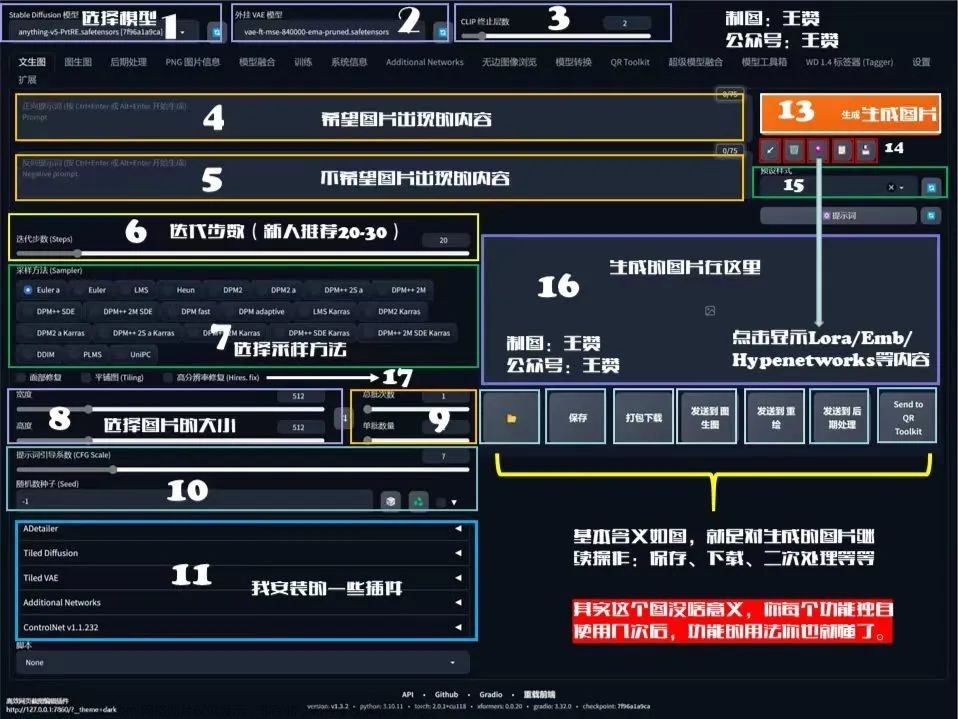之前想过直接获取url通过拼接字符串的方式实现,但是这种只是暂时的,后续地址如果有变化或参数很多,去岂不是要拼接很长,由于这些等等原因,所以找了一些方法实现
java.net.URI
URI全称是Uniform Resource Identifier,也就是统一资源标识符,它是一种采用特定的语法标识一个资源的字符串表示。URI所标识的资源可能是服务器上的一个文件,也可能是一个邮件地址、图书、主机名等URI是标识一个资源的字符串
URI的语法
URI的语法构成是:一个模式和一个模式特定部分。表示形式如下:
模式:模式特定部分
scheme:scheme specific part
模式特定部分的表示形式取决于所使用的模式。URI当前的常用模式包括:
- data:链接中直接包含经过BASE64编码的数据。
- file:本地磁盘上的文件。
- ftp:FTP服务器。
- http:使用超文本传输协议。
- mailto:电子邮件的地址。
- magnet:可以通过对等网络(端对端P2P,如BitTorrent)下载的资源。
- telnet:基于Telnet的服务的连接。
- urn:统一资源名(Uniform Resource Name)。
URI中的模式特定部分没有固定的语法,不过,很多时候都是采用一种层次结构形式,如:
//授权机构/路径?查询参数
//authority/path?query
URI的模式的组成部分可以是小写字母、数字、加号、点(.)和连号(-)。
典型的URI的其他三个部分:模式特定部分,也就是授权机构;路径;查询参数
- 分别由ASCII字母组成(也就是字母A-Z、a-z和数字0-9),此外,还可以使用标点符号-、_、.、!和~,
- 定界符(如/、?、&和=)有其预定义的用途。
- 所有的其他字符,包括ASCII中拉丁字母,都需要使用百分号(%)转义,转义后的格式是:%+字符按照UTF-8编码再转成16进制的字符串表示。
- 注意一点,如果前面提到的定界符没有作为定界符使用,也需要进行转义。
- 举个简单的例子,如URI中存在中文字符"木",木字的UTF-8编码为0xE6 0x9C 0xA8,那么它在URI中应该转义为%E6%9C%A8。Jdk中的URLEncoder或者apache-codec中的相关类库提供URI(URL)编码的功能
URI中还可以携带用户的口令,因为会有安全漏洞,所以并不常见
构造URI实例
private URI() {
} // Used internally
// 根据提供的一个uri字符串构造一个URI对象
public URI(String str) throws URISyntaxException {
new Parser(str).parse(false);
}
//通过 模式、用户信息、服务器地址、端口、文件路径、查询条件、片段标识构造URI
public URI(String scheme,
String userInfo, String host, int port,
String path, String query, String fragment)
throws URISyntaxException
{
String s = toString(scheme, null,
null, userInfo, host, port,
path, query, fragment);
checkPath(s, scheme, path);
new Parser(s).parse(true);
}
// 通过 模式、授权机构、文件路径、查询条件、片段标识构造URI
public URI(String scheme,
String authority,
String path, String query, String fragment)
throws URISyntaxException
{
String s = toString(scheme, null,
authority, null, null, -1,
path, query, fragment);
checkPath(s, scheme, path);
new Parser(s).parse(false);
}
// 通过 模式、服务器地址、文件路径、片段标识构造URI。public URI(String scheme, String host, String path, String fragment)
throws URISyntaxException
{
this(scheme, null, host, -1, path, null, fragment);
}
//通过 模式、模式特定部分和片段标识创建URI。
public URI(String scheme, String ssp, String fragment)
throws URISyntaxException
{
new Parser(toString(scheme, ssp,
null, null, null, -1,
null, null, fragment))
.parse(false);
}
/**
* Constructs a simple URI consisting of only a scheme and a pre-validated
* path. Provides a fast-path for some internal cases.
*/
URI(String scheme, String path) {
assert validSchemeAndPath(scheme, path);
this.scheme = scheme;
this.path = path;
}
private static boolean validSchemeAndPath(String scheme, String path) {
try {
URI u = new URI(scheme + ":" + path);
return scheme.equals(u.scheme) && path.equals(u.path);
} catch (URISyntaxException e) {
return false;
}
}
//静态工厂方法,最终调用的是URI(String str)
public static URI create(String str) {
try {
return new URI(str);
} catch (URISyntaxException x) {
throw new IllegalArgumentException(x.getMessage(), x);
}
}
这种获取实例的方法,直接查看源码便知道有哪些了文章来源:https://www.toymoban.com/news/detail-672683.html
这里就说明一下一些参数的含义:文章来源地址https://www.toymoban.com/news/detail-672683.html
- scheme:协议
- auth
到了这里,关于URI、URL、URIBuilder、UriBuilder、UriComponentsBuilder说明及基本使用的文章就介绍完了。如果您还想了解更多内容,请在右上角搜索TOY模板网以前的文章或继续浏览下面的相关文章,希望大家以后多多支持TOY模板网!










